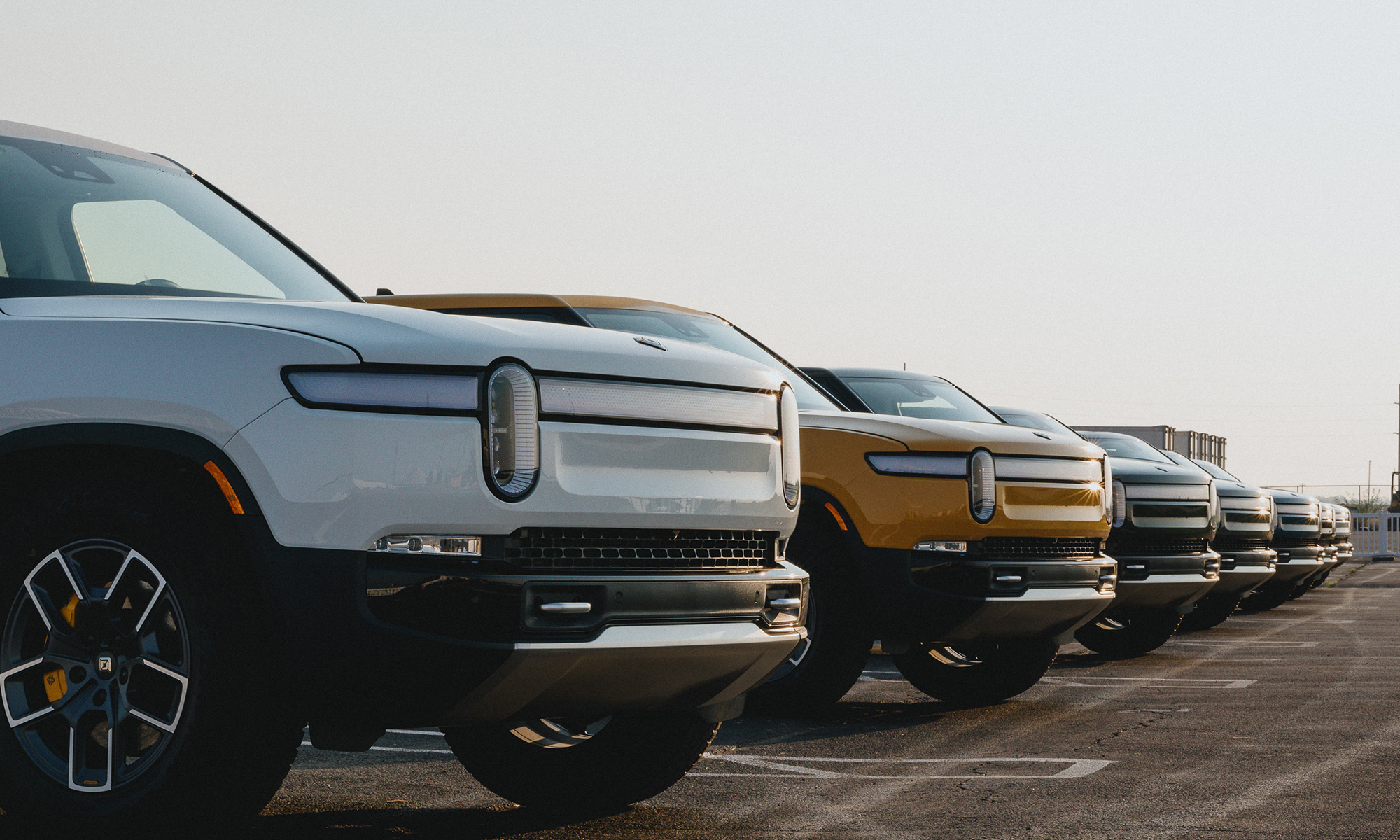Technology stocks have rallied hard in 2023. The Nasdaq-100 index is up an astonishing 46.6% this year, driven by huge gains from the likes of Tesla and Nvidia. Rivian Automotive (RIVN 2.62%) has not participated in this bull market rally. Its stock is actually down 6% year to date.
The electric vehicle (EV) stock just continues to fall after going through its initial public offering in 2021 and jumping to a market cap of $100 billion on its first trading day. Since then, the stock is off around 90% from all-time highs, sitting at a market cap of $16 billion. Investors are nervous about mounting losses and weakening consumer demand for EVs in the United States, which could hurt the start-up.
Is Rivian stock a can't-miss, buy-the-dip opportunity at these prices? Or is the stock set to continue lagging the market? Let's take a closer look at the numbers to find out.
Strong growth, progress on profits
In the third quarter, Rivian's car production and deliveries to customers grew quickly, yet again. It produced 16,300 vehicles in the quarter, up from 14,000 in Q2 and 7,400 from a year ago. That is more than 100% year-over-year growth in production, an impressive feat for a manufacturing business. Deliveries to customers generally kept track with production, at 15,600 in the quarter, also growing more than 100% year over year.
Rivian is not profitable, with a net loss of $1.37 billion just in Q3, but it is making significant progress on its unit economics as it scales manufacturing. Its gross loss per unit sold improved to $30,600 in the quarter, compared to a $139,300 loss per car sold in Q3 of last year. Yes, the company is still losing money on every car it sells -- even before considering overhead costs -- but it is on a clear path to hitting positive unit economics if it keeps growing its production and delivery figures.
Building cars is expensive
Like its competitor Tesla, Rivian is trying to build a vertically integrated EV manufacturing business. This means operating its own factories, showrooms, and service centers. While this can give the company advantages over other carmakers, it is very expensive to build out from scratch.
You can see that in Rivian's cash burn over the past few years. In 2021, the company burned $4.4 billion in free cash flow. In 2022, it burned $6.4 billion. Through the first nine months of this year, that number was $4.48 billion. Automotive manufacturing is not cheap.
Luckily, Rivian's executives were wise and raised tons of money when investors were showing extreme enthusiasm for EV stocks in 2021. That gave it a long runway to grow its operations and try to reach scale before running out of cash. In late 2021, Rivian had $18 billion in cash. That had fallen to $9.1 billion at the end of last quarter. From today, the company likely has two years at its current burn rate. Not the best situation, but also not the end of the world.

NASDAQ: RIVN
Key Data Points
Is the stock cheap?
Rivian sells premium EVs, including $75,000+ trucks to consumers, as well as expensive commercial vans. With a higher price point than the competition, Rivian should be able to achieve higher margins than the typical automaker once it scales into its manufacturing build-out. For this sector, that probably means around 10% or slightly higher operating margins.
At $10 billion in revenue -- which would be slightly over double Rivian's current level -- Rivian would generate around $1 billion in operating income if it could expand its margins to 10%. This looks fairly cheap compared to Rivian's market cap of $16 billion, especially once you consider Rivian's rapid production growth.
The big concern -- and what investors must track closely over the next few years -- is that Rivian is very far from generating 10% operating margins today. It will be vital for the company to continue to rapidly improve its gross profit per unit sold, hitting positive unit economics at least within the next two years and then seeing further improvement thereafter. Doing so will stem the negative free-cash-flow trend and eventually see it hit positive cash generation, which will require selling many more cars to customers per quarter.
At the end of the day, it all comes down to Rivian growing car deliveries to customers. If it can do that, the stock might be a good buy at these prices. If growth stagnates, the stock will likely head lower again.









